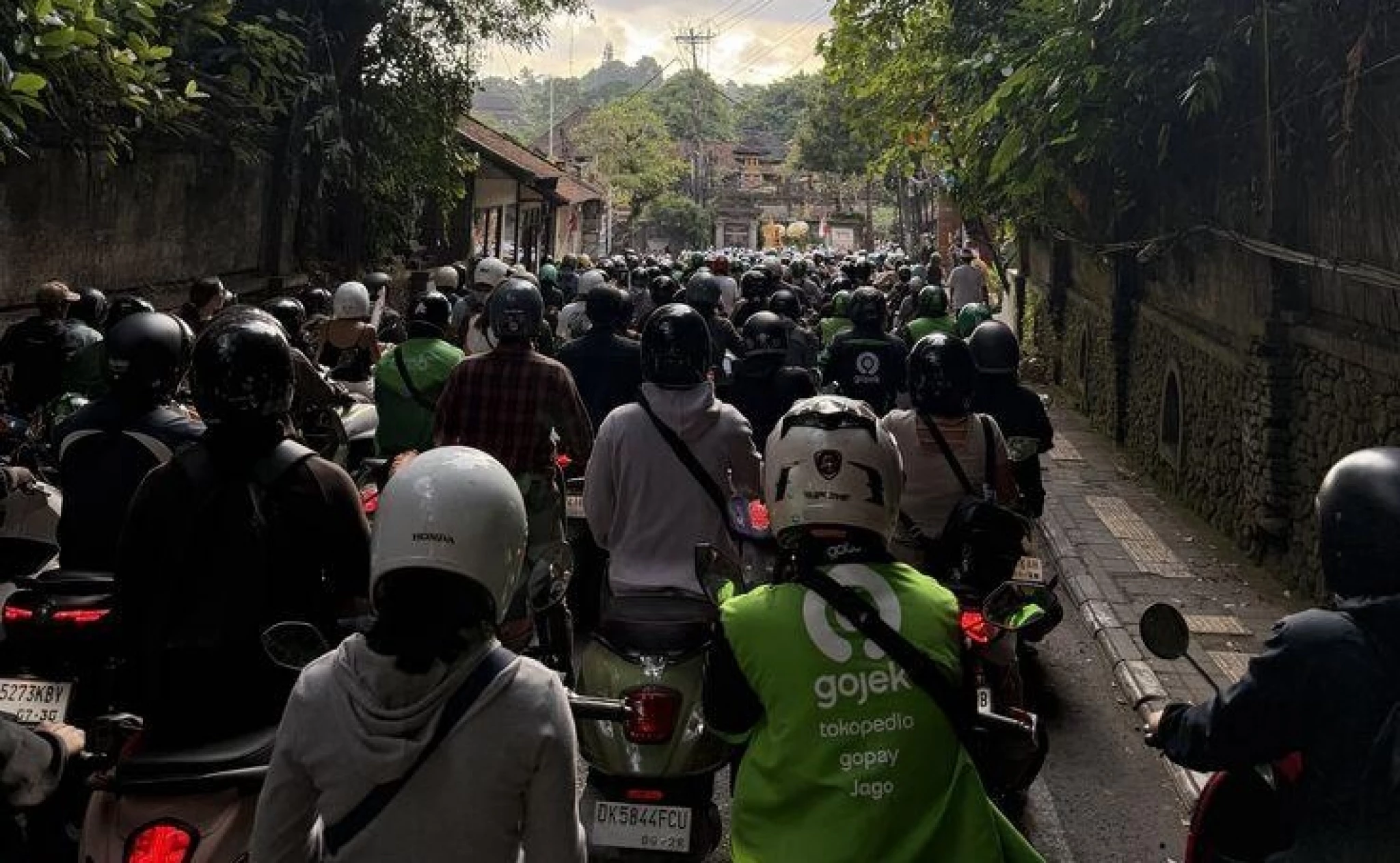Bali’s traffic jams have become almost as iconic as its beaches. What should be a quick 10-minute trip can easily turn into a half-hour crawl. The issue isn’t just “too many cars” — it’s a complex mix of tourism, infrastructure, local travel culture and rapid development. Understanding why the roads jam up helps you plan smarter, avoid frustration, and still enjoy your trip.
Tourist Boom Meets Narrow Roads
Bali’s rapid tourism growth has outpaced its road infrastructure. Popular areas like Kuta, Seminyak, Canggu, and Uluwatu now attract millions of visitors each year, but the roads were originally built for small local communities, not a global tourism hotspot. With more villas, cafés, and attractions being developed, the limited road width and lack of expansion have created constant bottlenecks.
Most of Bali’s main streets are narrow, winding, and lack shoulders or alternative routes. As the island becomes busier, these roads simply cannot support the volume of vehicles, making even short distances feel long during peak times.
Rising Vehicles & Ride-Hailing Surge

The number of motorbikes, private cars, tour vans, and delivery vehicles continues to rise every year. Ride-hailing services like Gojek and Grab add convenience but also contribute to congestion; frequent pick-ups and drop-offs often block narrow lanes and disrupt traffic flow.
Add the constant movement of food couriers and logistics drivers, and Bali’s roads become saturated throughout the day. The combination of increased vehicle ownership and on-demand transport services puts heavy pressure on an already limited road network.
Peak Hours & Tourist Hotspots
Traffic in Bali spikes during predictable times such as morning and evening rush hours, but it becomes even heavier around tourist zones during brunch, sunset, and dinner. Areas like Berawa, Batu Bolong, Echo Beach, Seminyak, and Uluwatu often face long delays as travelers flock to beach clubs and restaurants.
Because many popular areas rely on just one or two access roads, any sudden increase — or minor disruption like construction or roadside parking — quickly causes long lineups. Even a short 5 km trip can take 30-40 minutes during peak periods.
Local Driving Culture & Infrastructure Gaps
Driving habits also influence traffic. Motorbikes often fill every gap, cars navigate narrow lanes, and inconsistent lane discipline makes flow unpredictable. When accidents or breakdowns happen, they easily block traffic because alternate routes are limited.
Additionally, many intersections lack clear signage, sidewalks are scarce, and public transportation options are minimal. Without efficient alternatives, nearly everyone relies on private vehicles, amplifying congestion across the island.
What It Means for You & How to Manage It
If you’re visiting Bali, expect some delays and plan accordingly. Here are practical suggestions:
Stay in or near your key destination area to reduce commute time.
Use a driver or scooter ride early in the morning or late at night when roads are quieter.
Allow extra travel time when booking tours, dinner or airport transfers.
Use navigation apps to check traffic and alternate routes.
Final Thoughts
Bali’s traffic isn’t just about more cars — it reflects the island’s rapid development and booming tourism meeting limited infrastructure. While this affects locals and visitors alike, understanding the causes helps you navigate smarter — so your holiday stays about the beaches and sunsets, not waiting in gridlock.